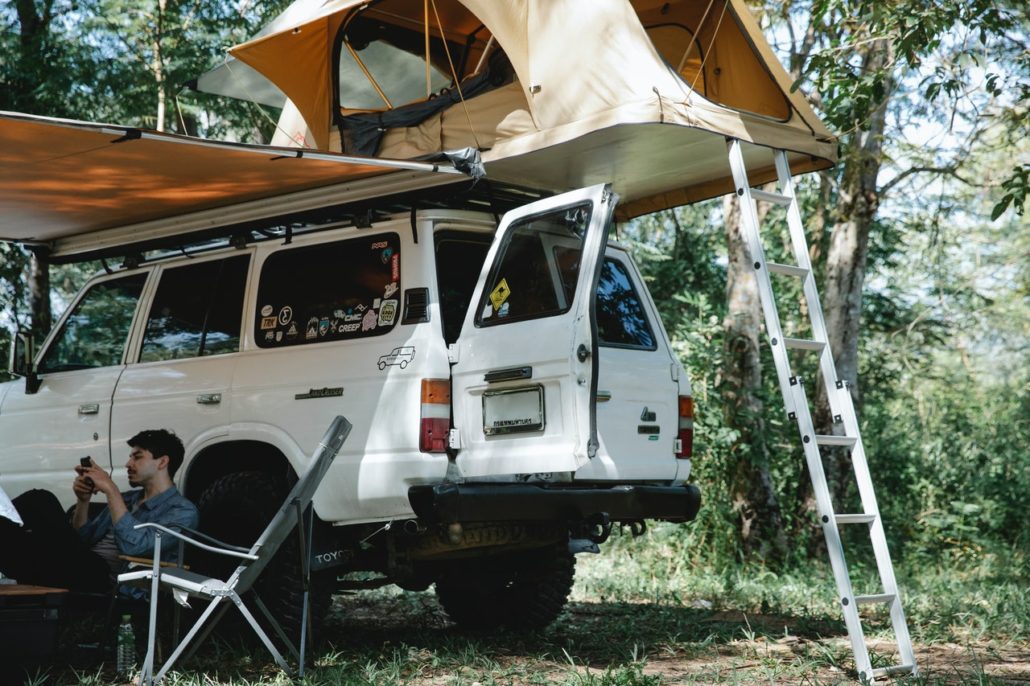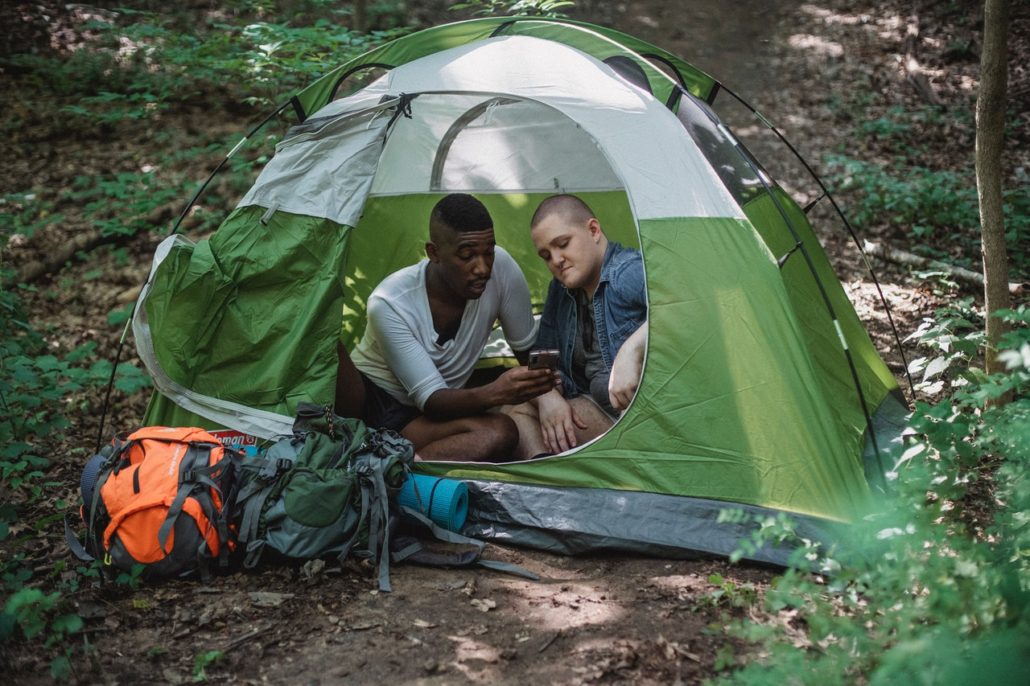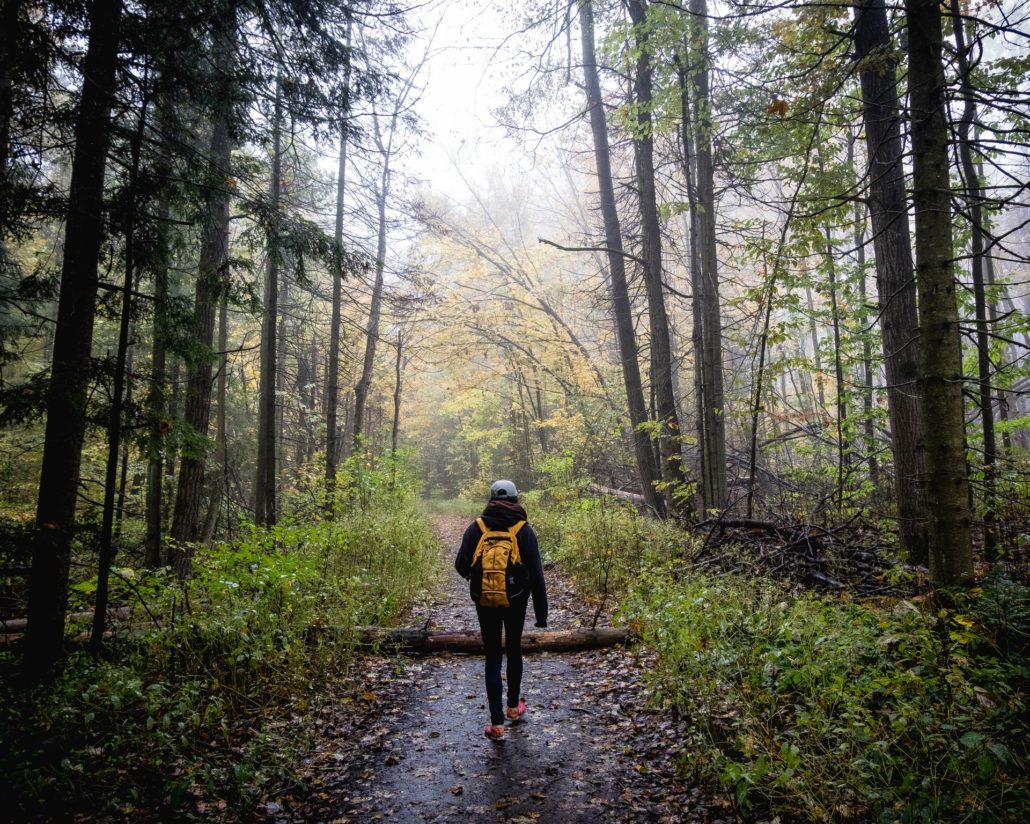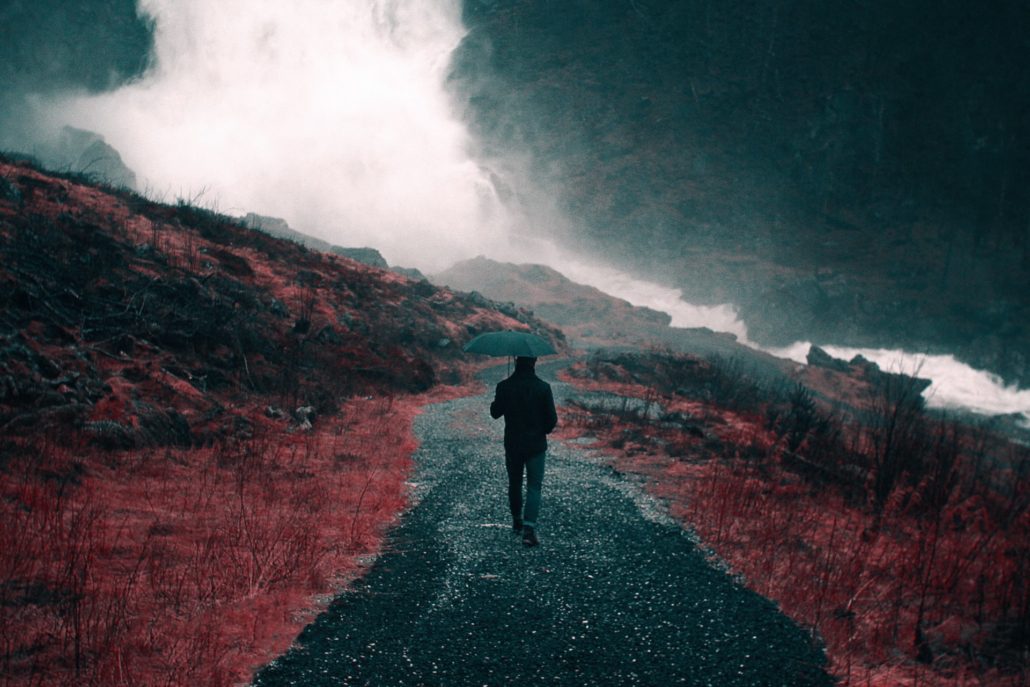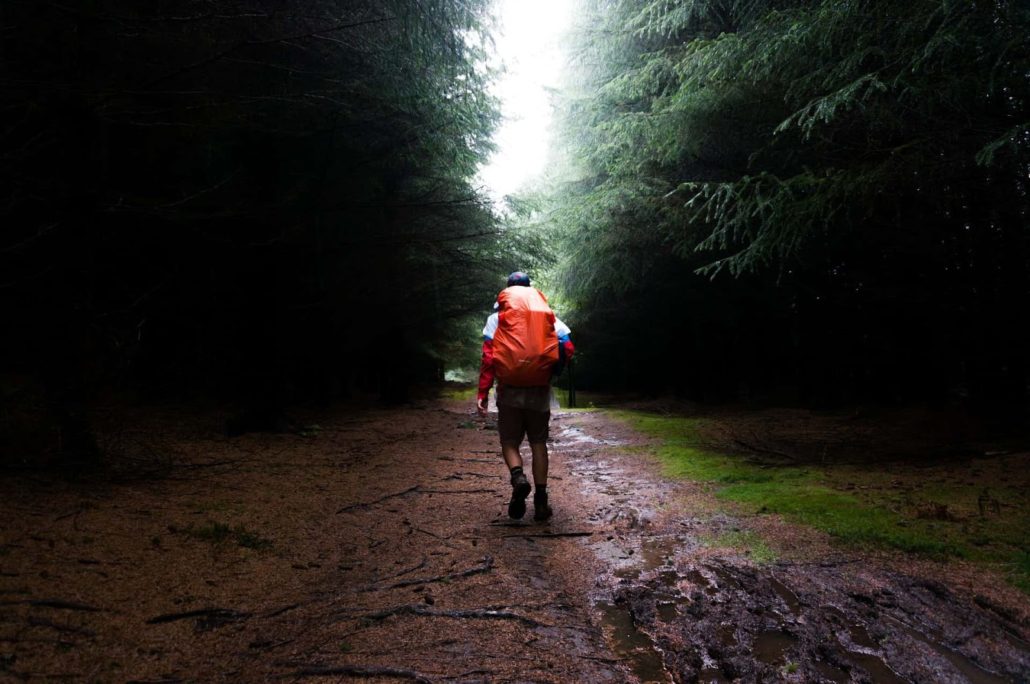If you are someone who loves to travel as much as I do, you’ll be familiar with the traditional advice on how to travel inexpensively. Hostels, couch surfing, camping… and eating nothing but buttered pasta for weeks on end. What if I told you that there is an easier way to travel the world, save money, and have a memorable once-in-a-lifetime experience? Imagine summiting Machu Picchu, getting a tan on the beaches of Lima, or dancing in Rio. Worldpackers makes finding volunteer work while backpacking South America more accessible than ever!
Volunteer in South America via a Reputable Agency
If volunteer work in South America sounds like something you want to do, it’s best to do it via a reputable agency. An agency will help screen volunteer programs and hosts in South America to make sure you have support every step of the way.
Finding a Host on Worldpackers
Worldpackers is a service that connects travellers with volunteer work in South America and around the world. Travellers and hosts use the service to find each other, and each provides an integral part of the exchange.
The hosts will offer a place to stay. Perhaps a hostel, camp, family home, farm, or NGO to a traveller in exchange for hours worked or volunteered on the property. A traveller works on the property a set number of hours per week in exchange for free accommodation, and sometimes other perks such as free food, free bike rentals, free tours… the list is endless!
How to build your Worldpackers profile
To begin on Worldpackers as a traveller, all you need to do is sign up, pay a yearly membership, USD $49.99 and begin searching for your dream volunteer program in South America. You can apply to as many experiences you like. If a host thinks that you’ll be a good fit, you’ll be pre-approved. All that’s left to do is book your flight and pack!
The Worldpackers interface is extremely intuitive and easy to use. You can search experiences by destination, purpose of the trip, availability, skills you offer, style of travel, hours of collaboration, trip length, additional benefits and more. That makes searching through their thousands of experiences easy and manageable. You can also read all reviews from other Worldpackers who have lived that experience, so you have the peace of mind that you’re making the right choice in applying.
The site also offers hundreds of articles, videos and courses about how to stand out as a volunteer. You can earn badges and certificates for your profile which will make you a more desirable candidate and can increase your chances of being selected by the hosts you want!
Long Term Volunteer Work in South America
Most Worldpackers volunteer trips in South America require the volunteers to stay between 2-4 weeks. However, you will find a huge variety of minimum time commitments on the site.
The benefits of long-term travel are plenty. Connecting to a location, immersing yourself in a different culture, contributing to a local community and making lifelong connections are just a few of the highlights past Worldpackers shared in their reviews.
There is also value in establishing a home base with a volunteer program when you are backpacking South America. When travelling and living out of a backpack for long periods of time, it can be a great reset to feel at home for a while.
Your hosts and fellow travellers can become a family away from home and they can be a great resource for planning for your next destinations.
Volunteer Trips In South America
Let’s look at some current volunteer opportunities for those backpacking South America.
There are over 1500 volunteer positions available in South America at the time of writing this article. Some require as short of a time commitment of only one week! I’m happy to highlight just a few opportunities available this spring & summer.
Volunteer at the reception of a hostel in Bogotá, Colombia
This position is looking for a warm and friendly individual to work behind the counter greeting guests at their hostel. As a volunteer, you’d work 32 hours a week. You would also be asked to give a hand in the kitchen.
Aside from a free bed, this experience also offers you free breakfast each morning, use of their kitchen, bikes at your disposal and discounts on drinks. This hostel has achieved top host status, meaning that they have consistently received great reviews from travellers who have lived this experience.
Past Worldpackers have said this experience excels in helping them immerse themselves in the culture, meet locals, develop social awareness, and meet other international travellers.
Explore more volunteer work in Colombia
Share your knowledge in Catuama, Brazil
“Share your knowledge and experience on skills that you have developed or learned.”
Do you have a special skill or talent? Why not bring yourself to Brazil to teach in a hostel! Whether it be teaching a sport, organizing events, or running a craft workshop – this experience may be for you!
This host is asking Worldpackers to stay at least 15 days. In exchange you get 3 days off per week, pickup, and transport to the hostel when you arrive, access to the kitchen and discounts on accommodation for your stay in other hostels as you continue with your travels.
Other Worldpackers recommend this experience for getting in touch with nature, learning about sustainability and developing greater environmental awareness.
Explore more volunteer work in Brazil
Volunteer at our Zoo in the Peruvian Andes Valley, Lima Peru
“Join us as a Zoo volunteer! Work alongside skilled veterinarians and staff, at our local Zoo in the Peruvian Andes. As a volunteer, you will learn about each species and support by feeding animals, spending time/sharing loving energy with animals, helping veterinarians administer medications, cleaning, gardening, and maintaining the atmosphere for the animals.”
If cost isn’t a limiting factor during your travel, there are even more opportunities available to you. This experience, and a select few others, may charge an additional fee. For instance, are you an animal lover? While backpacking South America, you could volunteer at a local zoo, helping to care for animals.
This position only requires 3 hours of work each weekday, which frees up the rest of your time to explore this beautiful country! This position also provides breakfast and lunch each day.
They accept couples as well as single volunteers, so if you are travelling with a partner or friend, they are welcome too.
Those who have volunteered here say this experience was great for meeting locals, immersing in the local culture, and getting in touch with nature.
Explore more volunteer work in Peru
Community Manager & Web Programmer in Cordoba, Argentina
If you’re looking for volunteer work in South America that would also look great on your resume, why not consider helping out as a community manager and web programmer during your backpacking trip?
“We are looking for a creative person who has knowledge in digital marketing, social networks and can also help us advertise the hostel organically and using digital ads.”
For anyone with tech skills to spare, this position could be not only fun, but also a great career opportunity to bolster your resume.
This stunning hostel in Argentina is seeking a talented person to run their social media accounts, and the minimum time requirement is only one week.
You would work 32 hours a week which leaves plenty of time for exploring and spending time with your new friends from around the world.
Explore more volunteer work in Argentina
Multiply and cultivate ornamental plants in Chile
“We reproduce and research ornamental plants, especially the native ones… We’re 5 km away from the touristic city of Valdivia, close to national parks and other attractions. Come help us with different activities in our vivero.”
If you’ve got a green thumb and would love to be surrounded by nature while backpacking South America, why not volunteer in beautiful Chile on a working farm? You’d work farming, gardening, and helping with general labour around the property.
This experience includes all meals, free laundry, and 2 days off a week. You can also use the on-site bicycles to get into town on your days off.
Explore more volunteer work in Chile
In conclusion, you don’t have to pay a ton of money to travel around the world or have unique experiences. Worldpackers is an incredible resource for backpackers, budget travellers, or those searching for enriching volunteer programs in South America.
Their site’s search functions make it so easy to find the best volunteer work when backpacking South America. Regardless of your unique travel itinerary, I cannot recommend Worldpackers enough.

